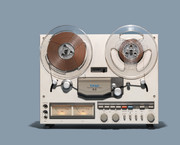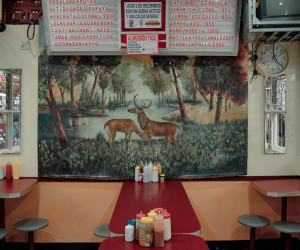
Amir Zaki – Relics
Posted by Fabio 11 June 2010
Amir Zaki’s Relics, is a new body of photographic “portraits” of elevated lifeguard towers taken along different beaches in Southern California. Relics represents a continuation in the artist’s ongoing interest in architectural structures, but marks a distinct shift in terms of location—from urban Los Angeles to the beaches south of the city.
With the new series, the artist’s intention is to create photographs that transform seemingly banal lifeguard towers that dot the Pacific beaches of Orange County into something other. They appear as awkward monumental public sculptures or stylized and non-functioning relics. The images of the lifeguard towers function less as a typology, but rather anthropomorphized as a group of portraits, not only because they resemble heads resting on necks, but also because the individual character of each tower is emphasized in a very specific way.

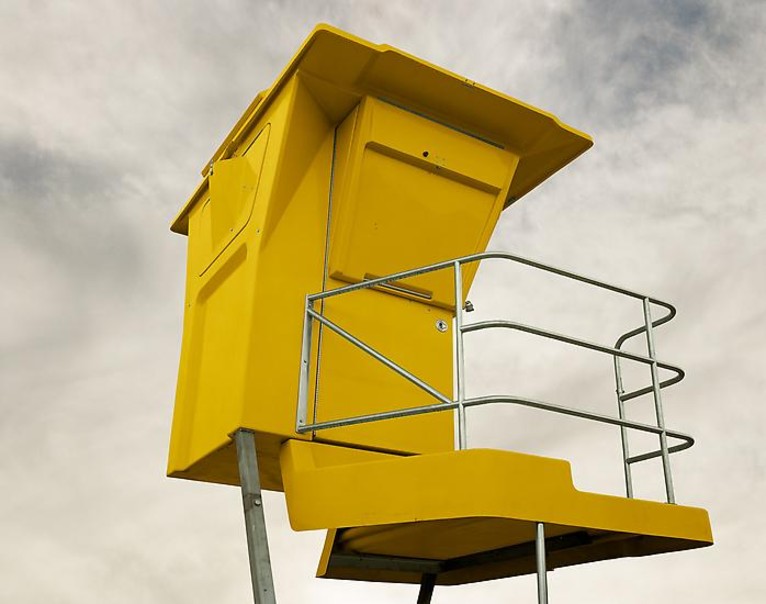 Each of the images of the lifeguard towers are photographed against a sky, shot from below, and never include any trace of sand or ocean. Because they are isolated from any reference to locale, they sometimes appear to be other than what they actually are.
Each of the images of the lifeguard towers are photographed against a sky, shot from below, and never include any trace of sand or ocean. Because they are isolated from any reference to locale, they sometimes appear to be other than what they actually are.
Zaki has digitally altered the images in a variety of ways ranging from simple color changes to gravity defying, physically improbable structural modifications. He has digitally removed any visible access routes such as ladders or ramps leading to the tower platforms. This appears as a subtle subtraction, but renders the towers essentially dysfunctional. The artist has pared down the visual information in this work to two fundamental elements, which are the tower and the sky (subject and background). Many of the towers have been paired with skies photographed on a different day, with rather incongruous lighting.
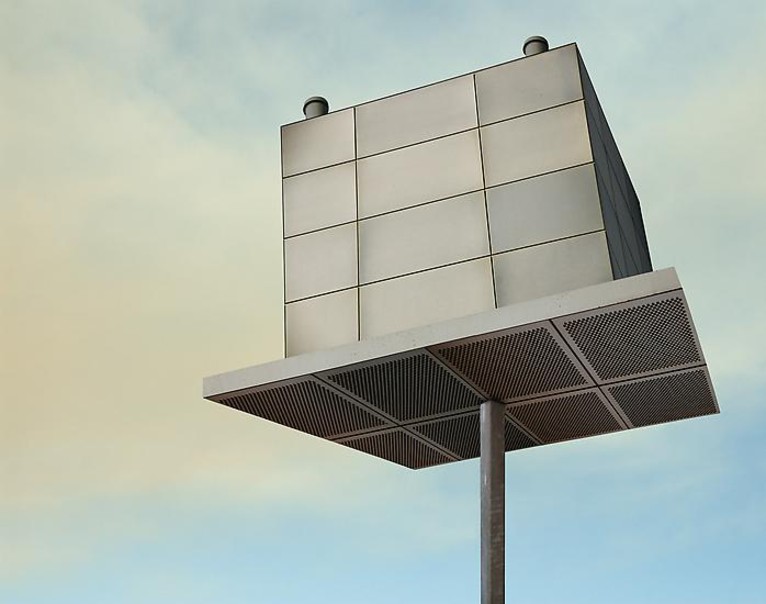


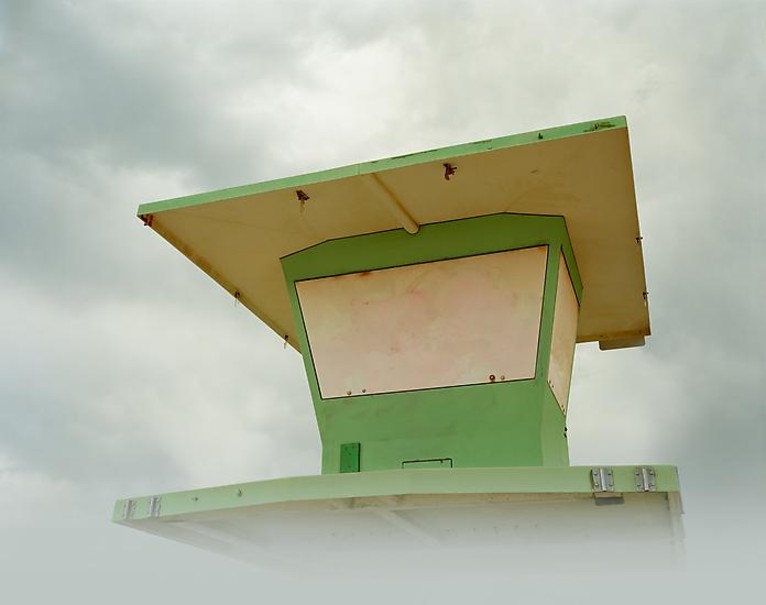
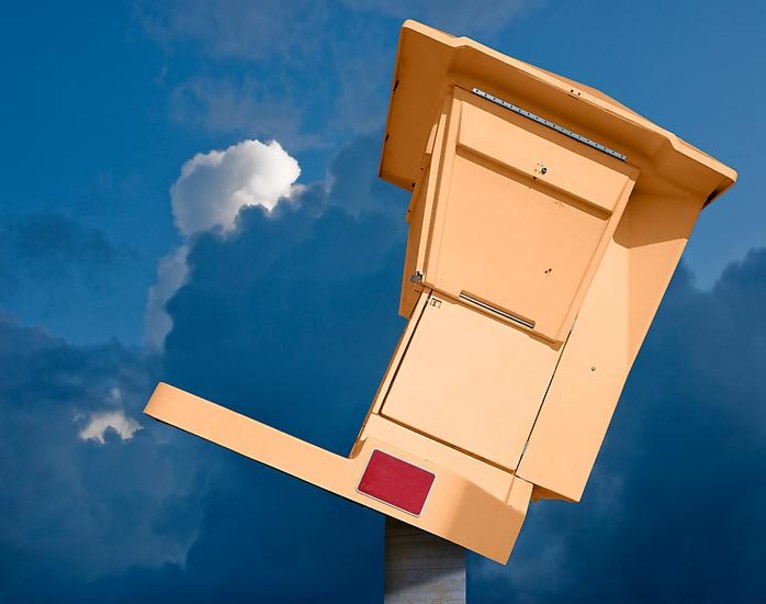
 Also to be included in the exhibition are a group of images depicting the iconic ‘beach mobile’, the Volkswagen Vanagon. The Vanagon images have manifested in a photographic diptych and a triad of abstract mandala-like patterns. The Vanagon is essentially a slightly glorified box, an elongated cube designed to be able to fit the maximum amount of fun-based cargo, with little regard for luxury. It represents summer day trips, leisure, camping, surfing, and a bygone era of automobile design that emphasized form following a maximum use of space, as opposed to concerns with ergonomics, aerodynamics, or electronic gear. In that sense, like the transformed lifeguard tower, it is a relic.
Also to be included in the exhibition are a group of images depicting the iconic ‘beach mobile’, the Volkswagen Vanagon. The Vanagon images have manifested in a photographic diptych and a triad of abstract mandala-like patterns. The Vanagon is essentially a slightly glorified box, an elongated cube designed to be able to fit the maximum amount of fun-based cargo, with little regard for luxury. It represents summer day trips, leisure, camping, surfing, and a bygone era of automobile design that emphasized form following a maximum use of space, as opposed to concerns with ergonomics, aerodynamics, or electronic gear. In that sense, like the transformed lifeguard tower, it is a relic.
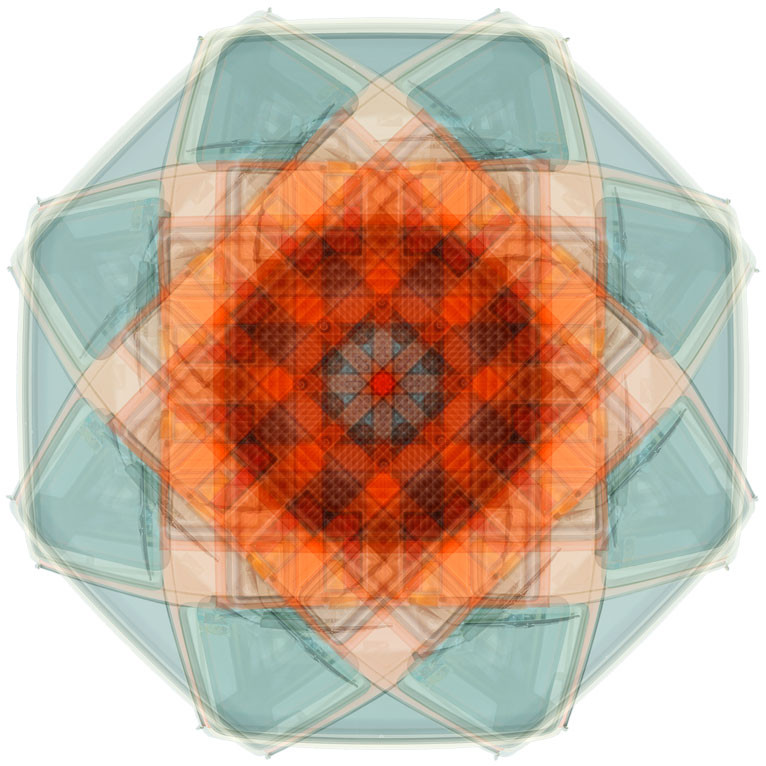
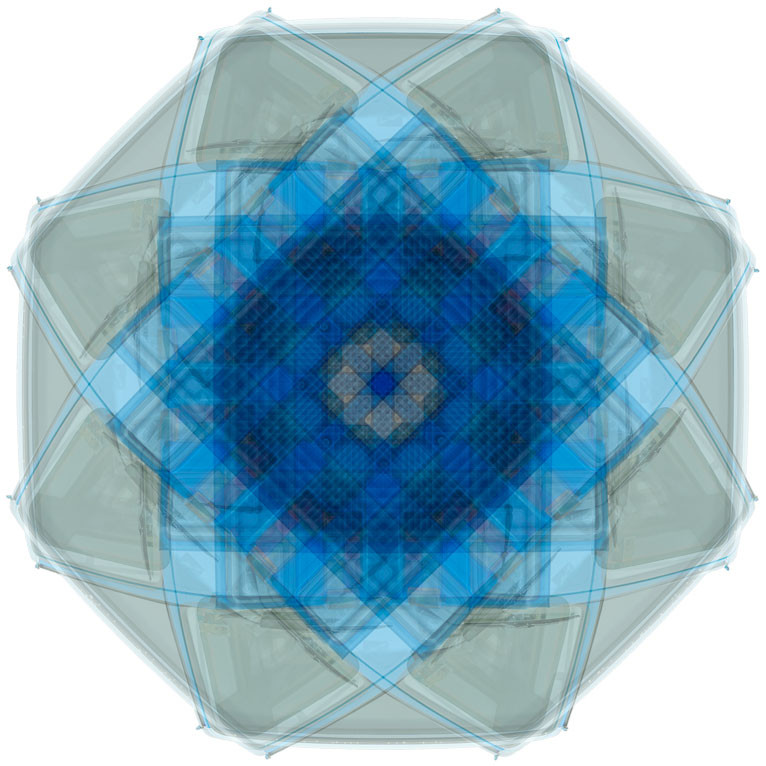 The photographic diptych of the Vanagon is presented as a Yin-Yang duality between sunrise and sunset, moonrise and moonset. The Vanagons face each other, as polar opposites (solar/lunar/dawn/dusk) but simultaneously equivalent and interchangeable. This duality is directly based upon the color scheme of two Volkswagen Vanagon models from 1982. One is a cool, two-tone blue/light-blue (representing dawn) with a full moon and daybreak-pink- purple sky above, and the other a warm, two-tone orange/cream (representing dusk) with a full sun and yellow-orange sunset sky above.
The photographic diptych of the Vanagon is presented as a Yin-Yang duality between sunrise and sunset, moonrise and moonset. The Vanagons face each other, as polar opposites (solar/lunar/dawn/dusk) but simultaneously equivalent and interchangeable. This duality is directly based upon the color scheme of two Volkswagen Vanagon models from 1982. One is a cool, two-tone blue/light-blue (representing dawn) with a full moon and daybreak-pink- purple sky above, and the other a warm, two-tone orange/cream (representing dusk) with a full sun and yellow-orange sunset sky above.
 Despite all of these apparent polar opposites or dualities, in actuality Zaki made the two original photographic exposures just a few minutes apart during one mid- morning under an overcast sky, using only one Vanagon. The ‘other’ Vanagon was created digitally by altering the color palette of the auto paint. The dramatic cliché skies were completely concocted using multiple photographs of skies, moons and suns. Now as a pair, the Vanagons are idealized, nearly all of the hardware and blemishes digitally erased.
Despite all of these apparent polar opposites or dualities, in actuality Zaki made the two original photographic exposures just a few minutes apart during one mid- morning under an overcast sky, using only one Vanagon. The ‘other’ Vanagon was created digitally by altering the color palette of the auto paint. The dramatic cliché skies were completely concocted using multiple photographs of skies, moons and suns. Now as a pair, the Vanagons are idealized, nearly all of the hardware and blemishes digitally erased.
Both the images of lifeguard towers and of Vanagons share a fascination with the familiar made unfamiliar, by creating abnormal looking structures/objects as portraits.
Amir Zaki’s Relics will be on view until June 25, 2010.


